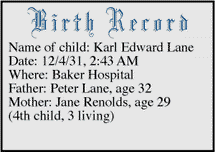
What might be found on a birth record after 1910?
These records may contain not only the full name of the recorded individual, but also the maiden name of the mother and her age; the father's full name and age; whether they are citizens of the United States or where they are residents; if the mother had other children born to her, and if so, the date, time, place of the birth; and often a witness who may be a relative.
What might be found on a birth record before 1910?
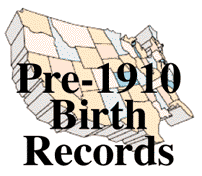
The pre-1910 birth records are quite scarce and would normally contain:
- only the name of the child's parents
- the sex of the child
- the date of birth and residence of the parents
- possibly not even the child's name if the child hadn't been named yet.
There are, of course, exceptions. For example, the state of Virginia has birth records since the 1850's and Vermont has records since 1770. Prior to about 1910, records are found in the individual counties (or towns in the New England states).
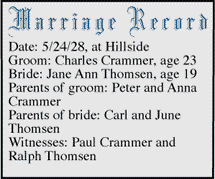
What might be found on a marriage record after 1910?
Marriage records after 1910 may contain the full name of the bride and groom, their ages, places of birth, parents, occupation, place of residence at the time of marriage, witnesses and the name of the officiating person (which could lead to church records to continue this investigation).
What might be found on a marriage record prior to 1910?

Marriage records were kept quite early in all counties prior to 1910. They usually contain:
- the full name of both bride and groom.
- an indication if this was the first or second marriage.
- the residence of the bride and groom.
- the person performing the marriage.
In some instances, if you can get the marriage application or license, it might tell the ages of the couple, the names of the parents, and the maiden name of the wife.
However, records vary from county to county. Once again, many are available at the Family History Library and on loan through local Family History Centers.
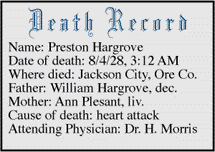
What might be found on a death record after 1910?
Death records after 1910 may contain:
- the name of the individual
- the town, county and state of death
- the town, county and state of residence
- the father and mother
- the place of birth of the parents
- the place of birth of the deceased
- the mother's maiden name
- the cause of death
- the physician who signed the death notification
- the informant (which might be information given by the deceased prior to his death)
- the name of the spouse
- the occupation of the individual
- any military service
- the Social Security number
What might be found on a death record prior to 1910?
Death records were not as informative prior to 1910 as they were after 1910. They often included only the name of the individual and the date of the death. Occasionally you might find the cause of death, the residence of the individual, and the informant's name.
What might be found on divorce records?
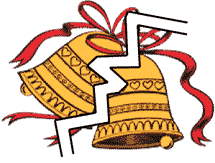
Divorce records may indicate:
- the dates of birth, or at least the ages of the individuals
- state or country of birth
- date and place of marriage
- occupations
- Social Security numbers if in the mid-1900s
- residence addresses
- names and ages or birth dates of minor children
- property owned
- military service (if benefits are being divided)
- maiden name of wife
- grounds for the divorce
|
|
|